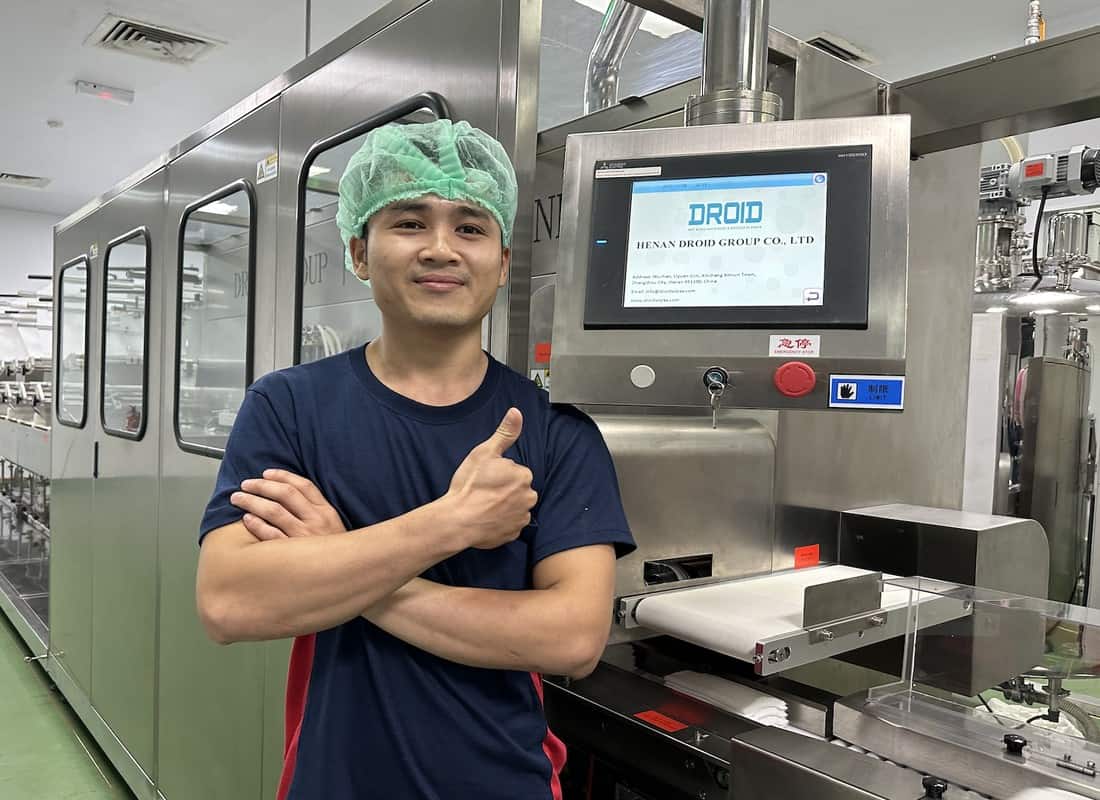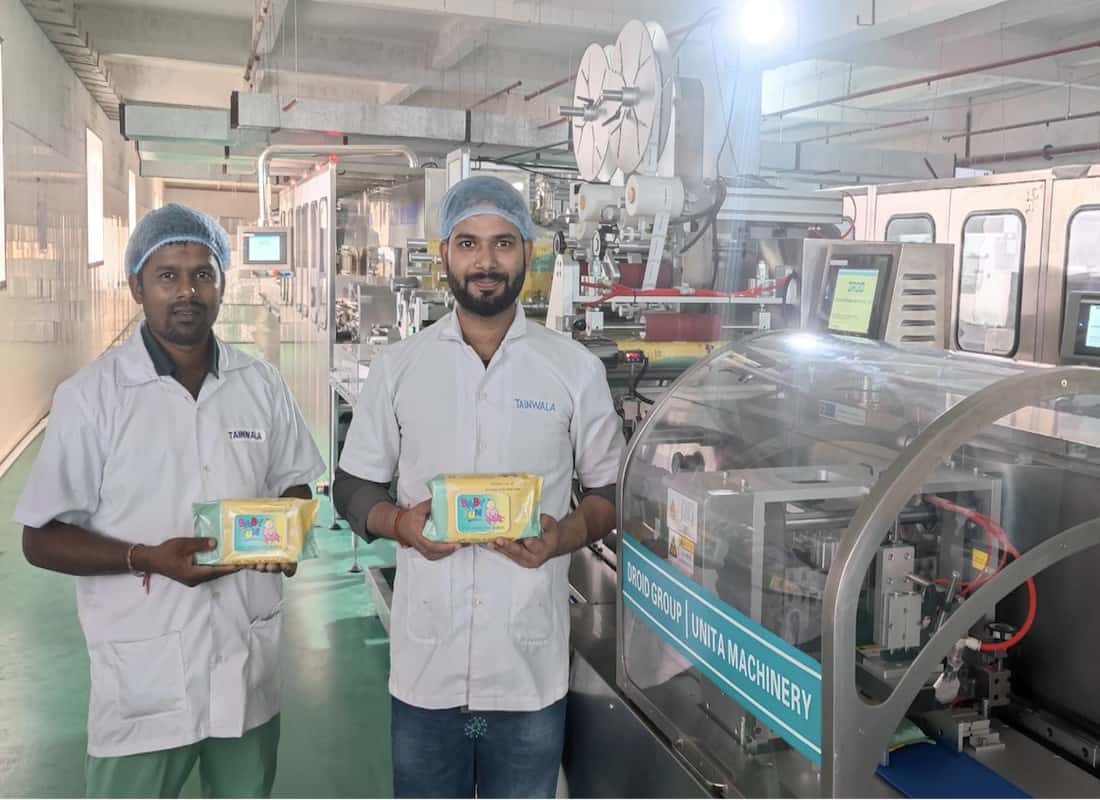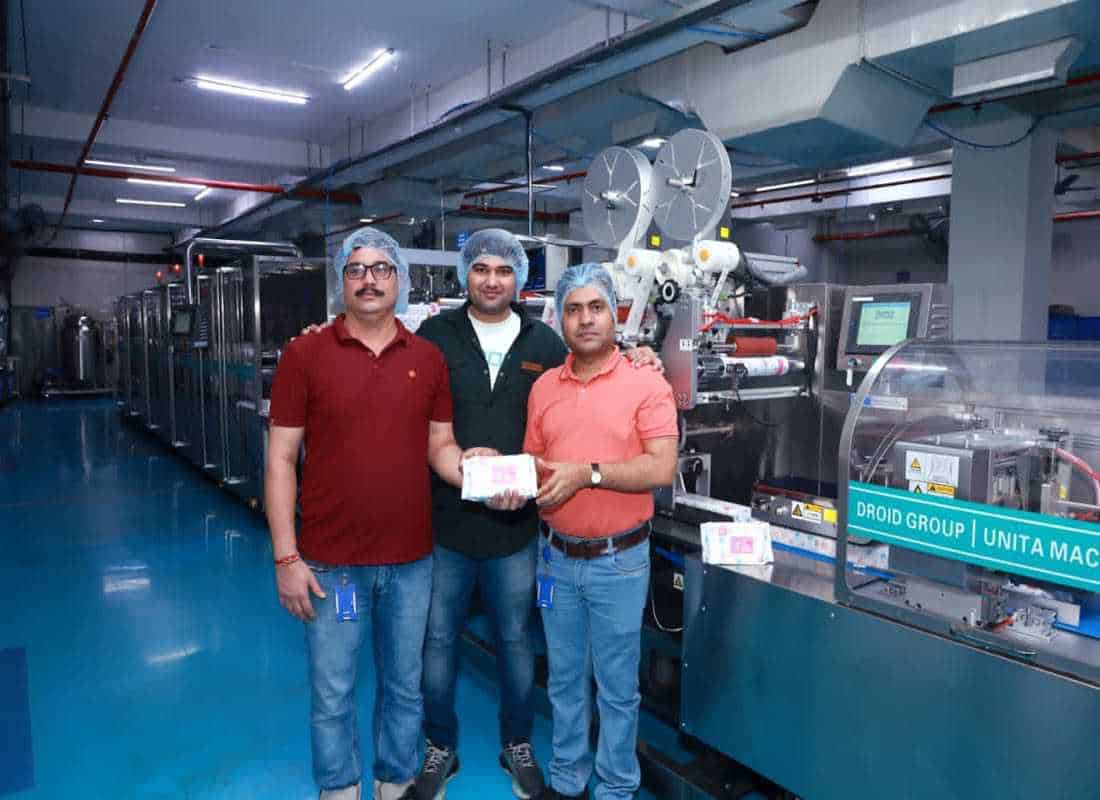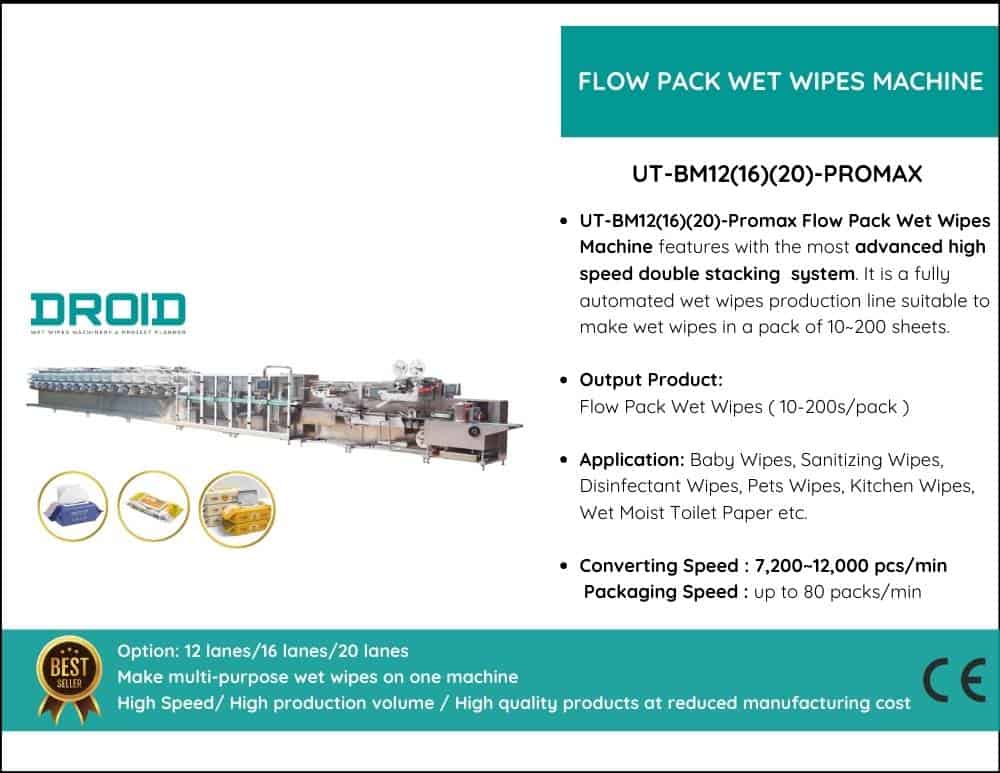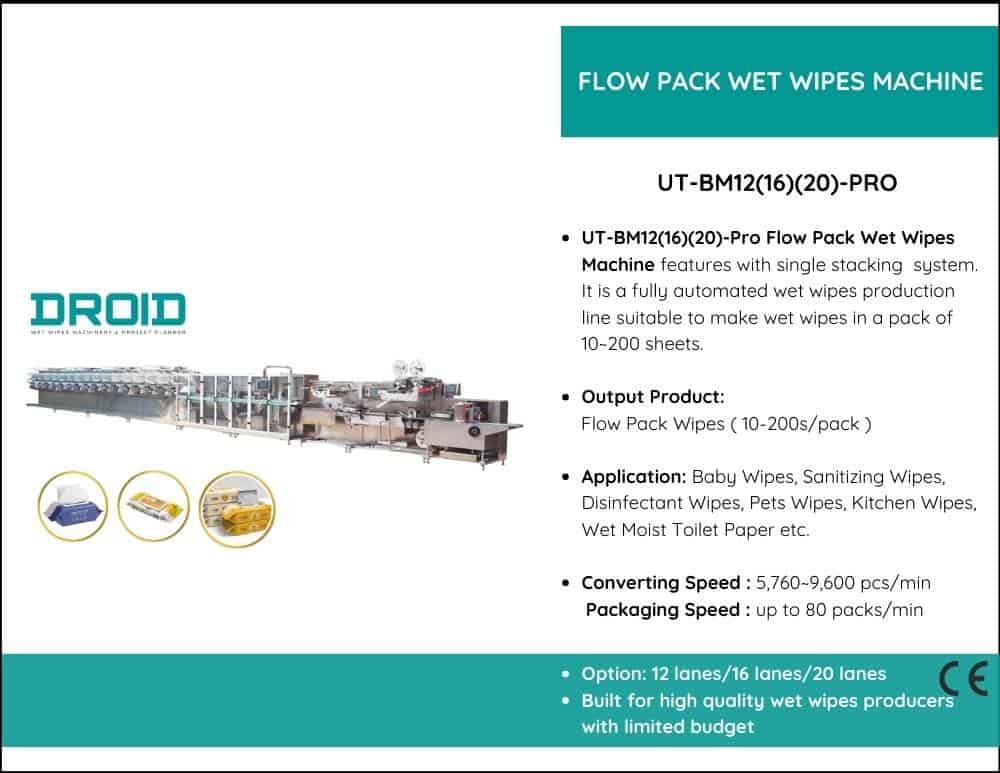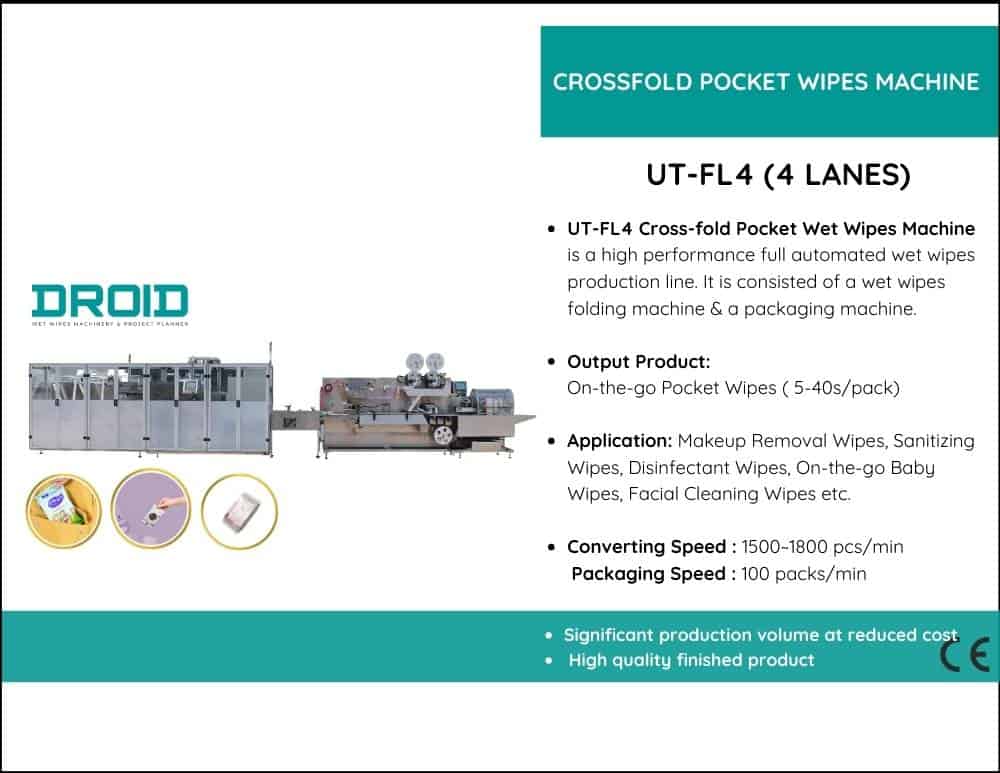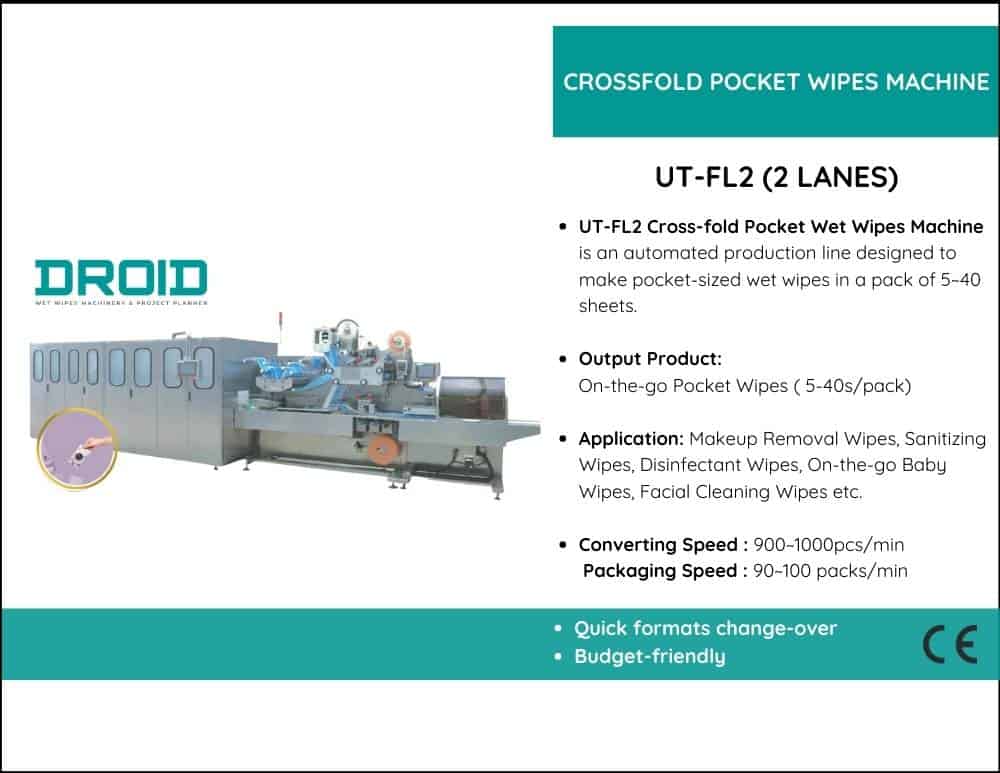Top Safety Features in Wet Wipes Machines
When creating products, safety is crucial, and making wet wipes is no exception. Knowing the most important safety features of wet wipe machines is essential for any responsible manufacturer, as these machines operate quickly, and workers must handle complex processes. This article discusses the most critical safety features that all current wet wipes machines should possess. It achieves this by leveraging extensive business experience and expert knowledge. By prioritizing these safety features, manufacturers not only ensure their workers’ safety but also enhance production efficiency and meet global standards. Let’s examine how incorporating robust safety features can significantly improve the production of your wet wipes.


